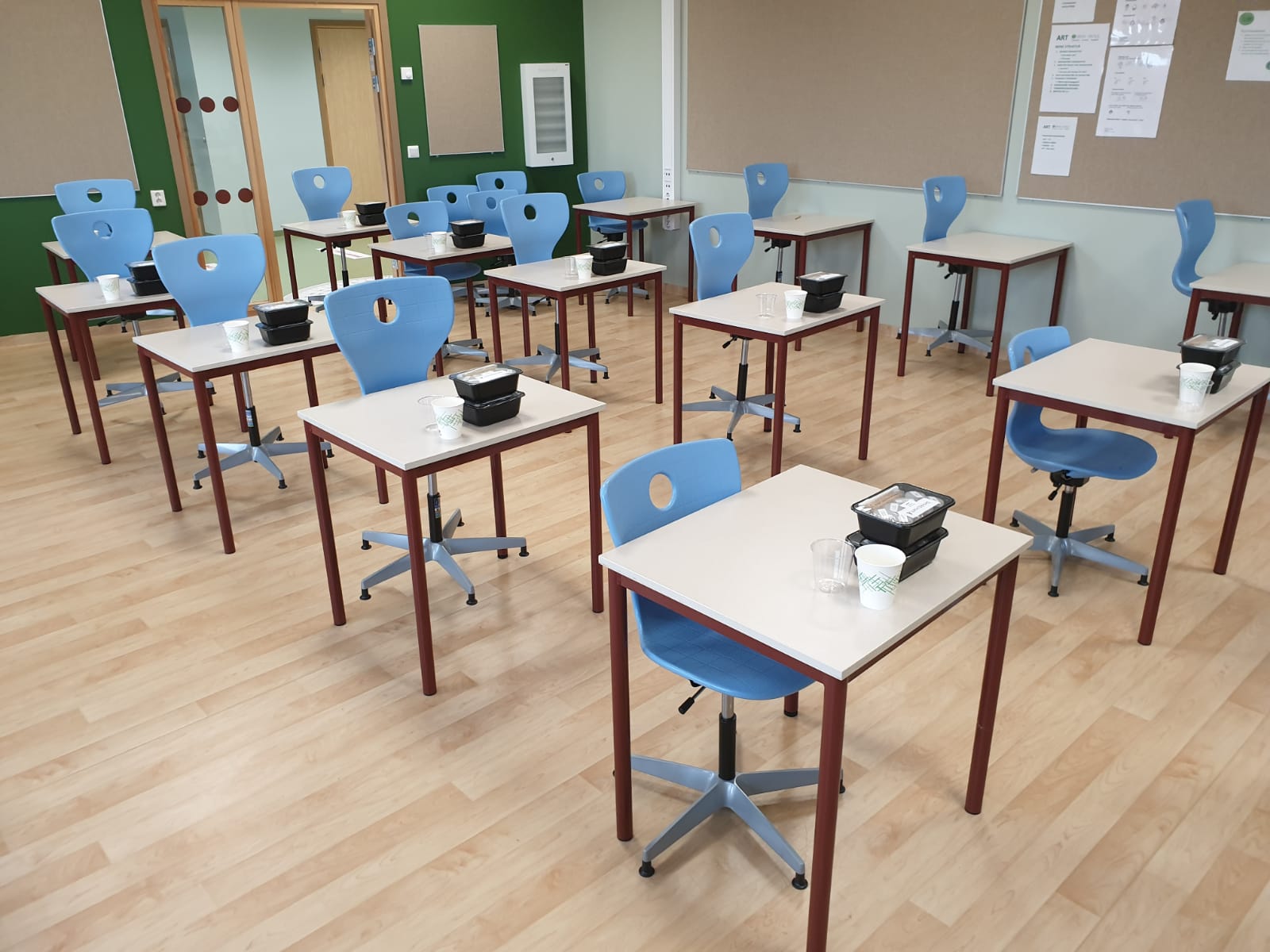Make the sensory testing fun for preadolescents! The use of gamification in the sensory test setup with children

By: Ervina (#ESR2)
“Are you ready to become a taste detective?” that was the first phrase presented to the children during the sensory testing of Ervina (ESR2).
Undertaking a sensory test with children is not easy since they are not “mini-adults”. Therefore, a different approach should be used. Children have shorter attention spans than adults, and they can easily get bored and withdraw from the test, thus increasing the dropout rate. This condition could be worst when the test requires a lengthy time to complete with many samples having to be tasted.
Ervina implemented a gamification method to overcome these issues and try to create a sensory test that is fun to be followed by the children. She wrapped the sensory test as a game-like called “the taste detective”. In this game, children acted as taste detectives and were asked to solve different “taste missions”. The missions consisted of various tasks to measure the children’s taste sensitivity by tasting different samples.
The gamification method helped to maintain children’s attention and motivated them to finish the entire test. In addition, it overcomes the issue of possible dropouts due to long tasting time and the large number of samples to taste. In Ervina’s study, children had to evaluate 42 samples! (in 40-45 minutes). Based on the children’s responses, 84% said that the test was really fun! and less than one percent of participants (only 1 child) were unable to finish the test.
The same concept was also used in a remote sensory testing setup where the ESR was not able to physically meet with the children during the Covid-19 pandemic. The test was also gamified as the taste detective game, but the evaluation and instructions were moved into an online setup.
The gamification method was quite effective in convincing children to finish the entire sensory testing. This method was able to increase children’s participation and provide fun activities related to taste and sensory science for children at schools.
Keywords: ESR2, Gamification, Children, Sensory test, Preadolescents, Taste detective, Games, Pandemic, Remote test
The publications from tests using the taste detective game study can be found here:
Ervina E, Berget I, L. Almli V. Investigating the Relationships between Basic Tastes Sensitivities, Fattiness Sensitivity, and Food Liking in 11-Year-Old Children. Foods. 2020; 9(9):1315. https://doi.org/10.3390/foods9091315
Ervina E, Almli VL, Berget I, Spinelli S, Sick J, Dinnella C. Does Responsiveness to Basic Tastes Influence Preadolescents’ Food Liking? Investigating Taste Responsiveness Segment on Bitter-Sour-Sweet and Salty-Umami Model Food Samples. Nutrients. 2021; 13(8):2721. https://doi.org/10.3390/nu13082721.
ESR2, gamification, pre-adolescents, Sensory testing, taste detective, taste sensitivity

